Relationship with the
Associated material topics:

Suzano has one of the largest forest bases in the world and its activities are directly linked to the cycles of nature. Topics such as climate change, forest management, and innovation to achieve better practices and results are some of Suzano’s highlights in 2020.
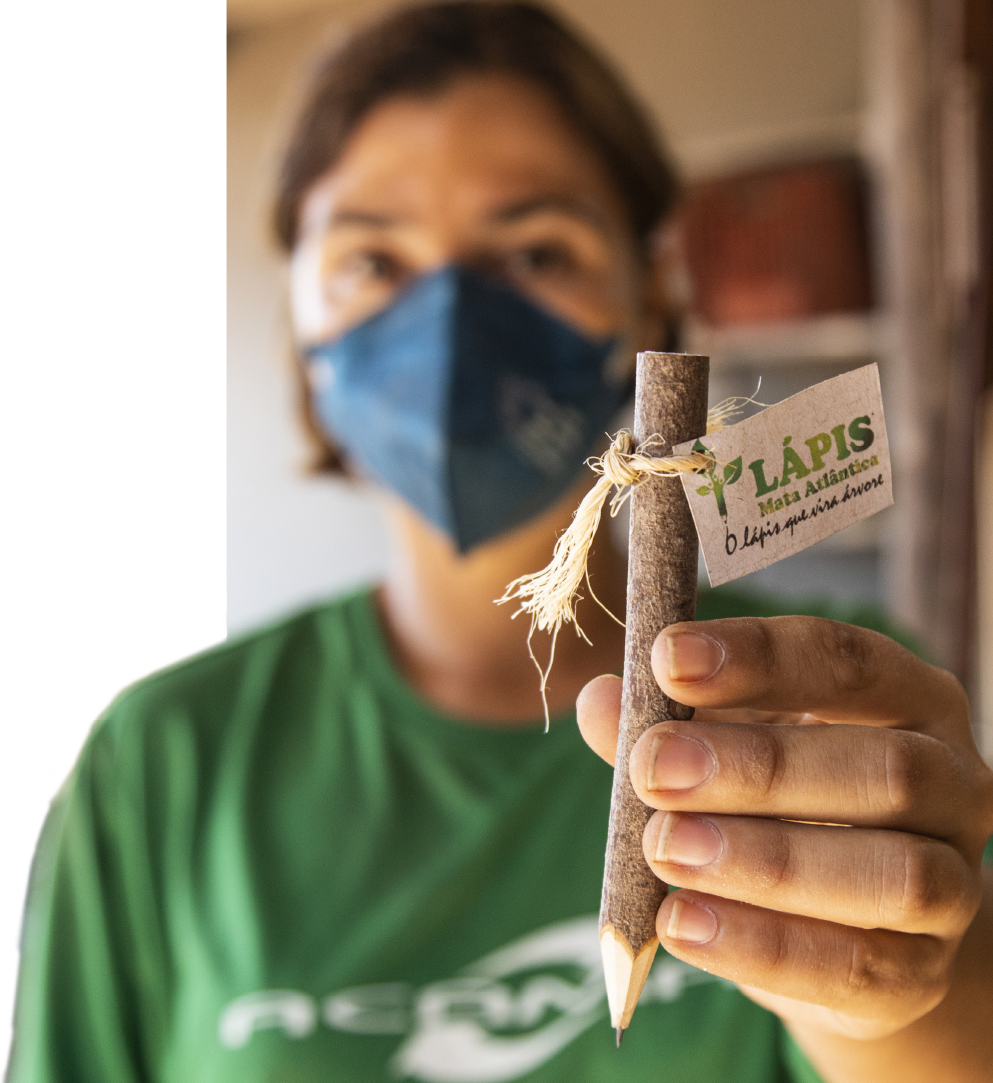
EFFICIENCY AND SUSTAINABILITY IN FOREST MANAGEMENT
GRI 103-1, 103-2, 103-3
Suzano’s view of forest efficiency is increasingly based on the innovability concept, i.e., having innovation at the service of sustainability, seeking to harmonize operational and environmental gains in production processes. The company has sought innovations to ensure greater efficiency in forest management processes, aiming at greater productivity per planted area and cost reduction, while trying to reduce the use of natural resources in this operation.
In order to achieve greater efficiency, in 2020 the company’s entire forest base was reclassified based on environmental parameters and climate risk. This reclassification of production environments is key to ensuring sustainable performance. With the new environmental classification, it will be possible to generate recommendations on management, clonal allocation, and forest-based repositioning with important gains in productivity and optimized use of resources. A good example in 2020 was the project to revise the principles of soil preparation, aiming at greater savings in this process. These improvements consider, among other aspects, reduced use of machines in the field and/or adoption of equipment that requires less power. This means that, in addition to lower costs, the operation now emits less CO2 into the atmosphere.
A similar approach is applied when we demobilize areas and concentrate our forests in regions with the greatest potential and minimal risk in production. Instead of having forests in a larger area, but with low productivity, the company opts for smaller areas with high productivity, that are lower risk and close to the mills, thus optimizing the transportation of wood and the use of natural resources. In addition, considering the new classification and environmental risk, all forests are planned following specific technical recommendations, in which planting density, fertilization, and type of management are defined, among other recommendations to reduce costs and use of resources and to boost forest productivity.
Total areas maintained by suzano by type of land use
in hectares (ha)
| 2019 | 2020 | |||||
|---|---|---|---|---|---|---|
| Company areas | Leased areas and partnerships |
Total | Company areas | Leased areas and partnerships |
Total | |
| Forest and available | 699,128.50 | 576,187.11 | 1,275,315.61 | 754,465.00 | 591,688.00 | 1,346,153.00 |
| Areas for conservation | 481,042.86 | 405,757.96 | 886,800.82 | 527,224.00 | 433,634.00 | 960,858.00 |
| Infrastructure | 57,066.40 | 47,331.71 | 104,398.11 | 51,982.00 | 38,586.00 | 90,568.00 |
| Total | 1,237,237.76 | 1,029,276.78 | 2,266,514.54 | 1,333,671.00 | 1,063,908.00 | 2,397,579.00 |
In our forest scope, three work fronts particularly stood out in 2020:
1. Water resources
The risk of water shortage is one of the highest priority subjects for Suzano. This is because, in addition to having a public goal related to the use of water, cultivation of eucalyptus requires a series of precautions concerning the proper use of this resource. By 2030, the company will manage 100% of the watersheds identified as critical in its studies, i.e., those that are most demanded by the company and by its neighbors and, therefore, require the most attention. Currently, 40 watersheds are classified as critical, in a total of 2,006 where the company has forests, i.e., 2% of the total. Suzano has the technology to make recommendations for reducing the use of water resources in critical areas and, mainly, to certify (based on remote sensing) the effectiveness of these recommendations in the regions where the company operates.
2. Biological pest control
A pioneer in the use of biological control techniques, Suzano is one of the companies that most invest in this area. Currently, the company has two laboratories for the production of natural enemies: one in Aracruz (Espírito Santo state) and the other in the municipality of Alambari (São Paulo state). In 2020, our production reached 49 million natural pest enemies, which were released in 56,376 hectares, exceeding R$14 million in net cost avoided in the 2019/2020 period. With this, not only do we avoid damage caused by pests, but we also use a much more interesting alternative from an environmental standpoint: without using agrochemicals, we reestablish a balance between groups of pests in these areas. Again, we have good examples of shared, economic, and environmental gains in managing our forests. In 2021, with the installation of laboratories in Mato Grosso do Sul and Maranhão states, we will have new resources to expand biological control.
3. Disease control
Suzano does not apply fungicides to control the vast majority of diseases. As part of our integrated management strategy, we assess the level of resistance of genetic materials, which allows us to select only those clones resistant to the most common diseases for large-scale planting. In 2020, we defined the guidelines and strategies of the FenomicS program, which aims to intensify resistance assessments, making them more mature, robust, and large scale, and expanding the scope for characteristics of resistance and tolerance to biotic and abiotic stresses.
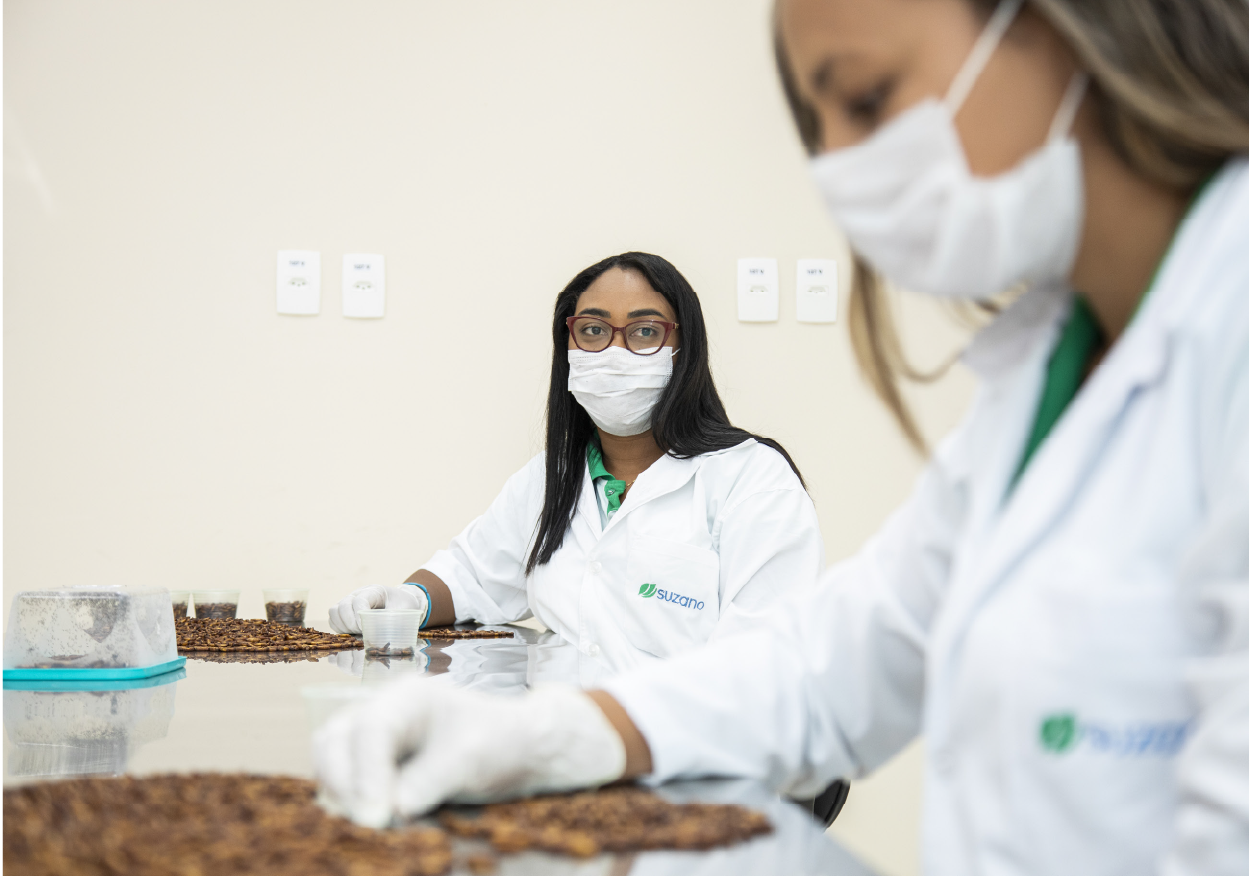
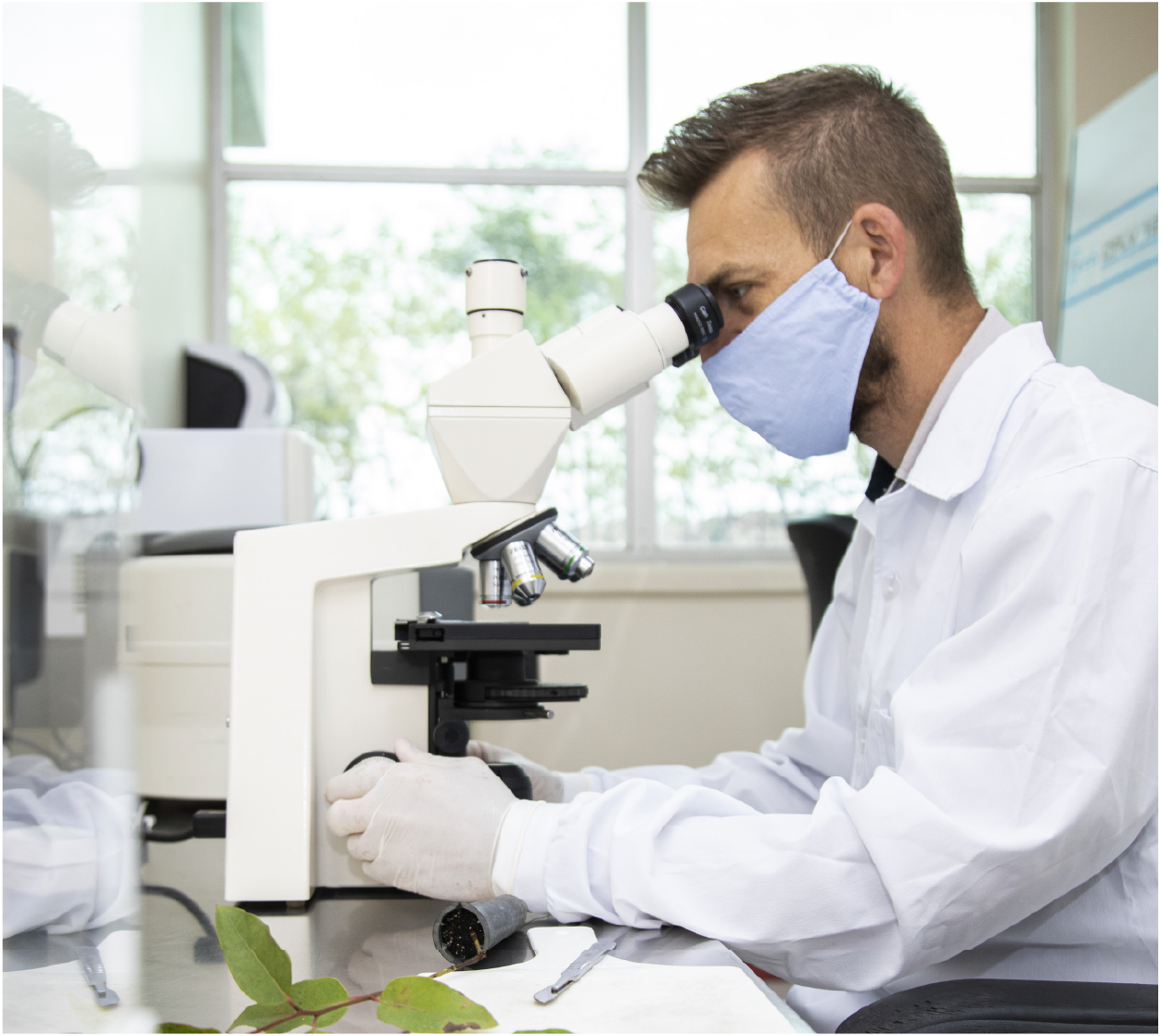
Drought in Mato Grosso do Sul
The severe drought, associated with large-scale fires, was one of the main difficulties experienced by Suzano in 2020, mainly in Mato Grosso do Sul state. The drought alone affected productivity in this region and, as a result, we had to deal with forest fires. However, through our fire prevention and fire fighting network, we managed to minimize the impacts on our forests. From a management and improvement standpoint, based on the most severe drought conditions, valuable information was collected and adjustments were made to reduce future risk. The two main examples were the revision of the planting spacing and the adjustment in the recommendation of clones, respectively. For these, the climate risk, the distribution and intensity of damage in the forest, and the differentiated response of eucalyptus clones were considered. Based on studies of climate anomalies, we have also redefined the risk of new events of future drought and the possible impacts on forest productivity. This measure is key for greater assertiveness in the future planning of wood supply.
Number of fires in suzano’s areas by state
| 2019 | 2020 | |
|---|---|---|
| Bahia | 1,037 | 1,121 |
| Espírito-Santo | 1,143 | 3,105 |
| Maranhão | 1,860 | 2,453 |
| Mato Grosso do Sul | 62 | 137 |
| Minas Gerais | 0 | 3 |
| Pará | 369 | 169 |
| Rio de Janeiro | 4 | 15 |
| São Paulo | 322 | 788 |
| Tocantins | 107 | 39 |
| Total | 4,904 | 7,830 |
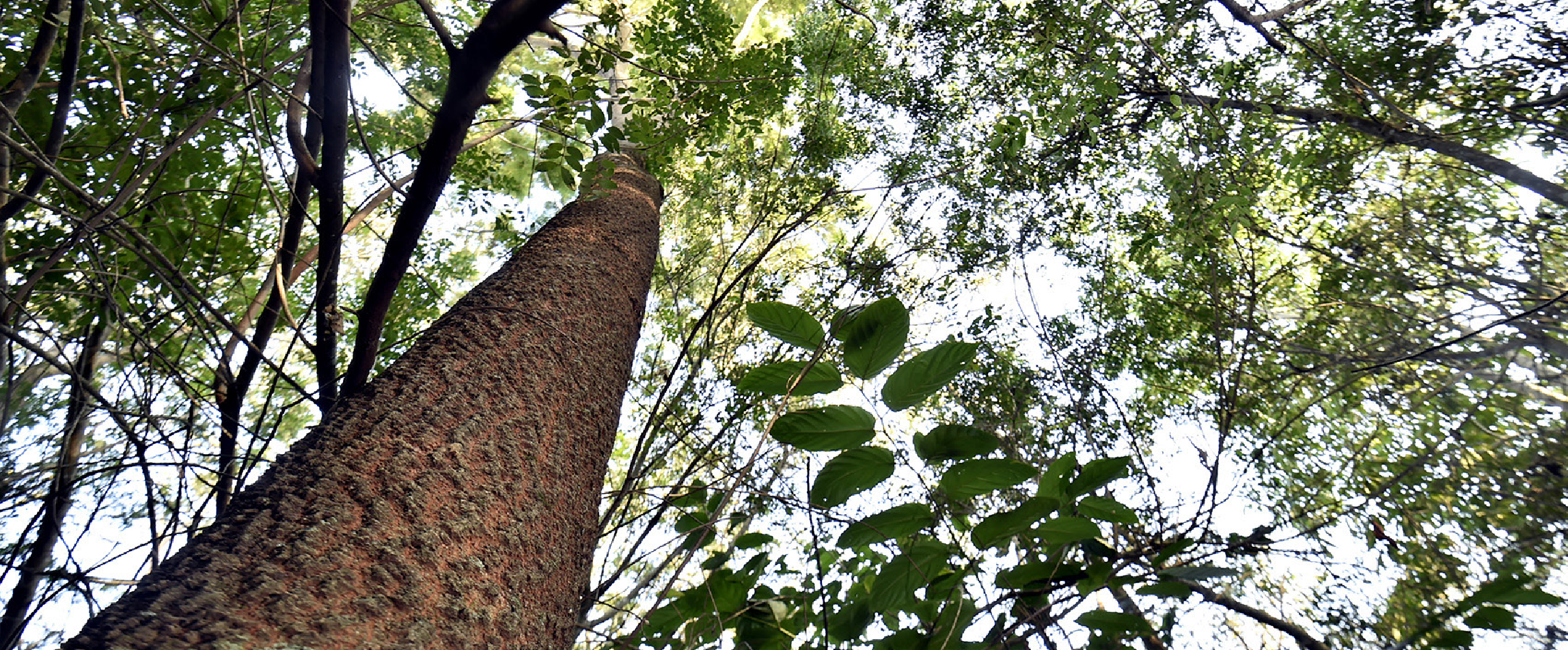
Real-time monitoring
Our environmental monitoring relies on sophisticated equipment capable of assessing, at a high frequency and totally remotely, climatic conditions, carbon sequestration, use of natural resources in our forests, forest health, and the occurrence of weeds. With this information, our teams identify when, where, and whether there will be positive or negative impacts on our future productivity so we can propose actions in the short term and mitigate risks. Below are the main initiatives in the use of these technologies.
1. Weather stations and radar
Suzano has a network of weather stations dedicated to monitoring the weather across all forest areas managed by the company. Approximately 70,000 daily records are generated by 167 stations, of which 71 are company-owned and 96 belong to the National Institute of Meteorology (INMET), a federal government agency. In addition to this monitoring network, we have developed a specific climate forecasting system for the company’s operations, which, in addition to forecasting rainfall, gives us predictions about the ideal conditions for forestry operations, including soil preparation, application of herbicides, and planting. The climate monitoring and forecasting system allows us to reduce uncertainty in forestry operations and to evaluate different scenarios on the impact of climate change in our production.
In 2021, Suzano plans to implement an integrated climate and fire monitoring solution in Três Lagoas (Mato Grosso do Sul state) by issuing alerts based on the use of weather radar.
2. Outdoor laboratories and eddy flux towers
Suzano closely monitors the growth of its forests. The environmental sensors installed in its six eddy flux towers, in addition to the experimental micro-watersheds, enable a daily assessment of carbon, energy, and water use. Eddy flux towers are considered to be the most advanced technology in the world for this type of study. Currently, the outdoor laboratory project includes 11 experimental micro-basins, located in the states of Maranhão, Espírito Santo, and Mato Grosso do Sul.
3. Remote sensing of forests
Suzano has become a pioneer investor in remote sensing technologies in order to expand sample monitoring for census, which will guarantee higher quality and savings of resources. In 2020, we consolidated the monthly monitoring of forests through the Leaf Area Index (LAI). This index accurately measures the density of leaves on a tree and is an important indicator of forest quality. The periodic monitoring the LAI allows for the detection of changes in the upper forest cover and helps identify necessary adjustments.
We have also developed an indicator and alerts for areas competing with weeds. This technology allows us to prioritize critical locations that require intervention and helps us optimize the use of resources. In 2020, we monitored more than 1.24 million hectares of forests using satellite imagery, consolidating remote and near real-time monitoring.
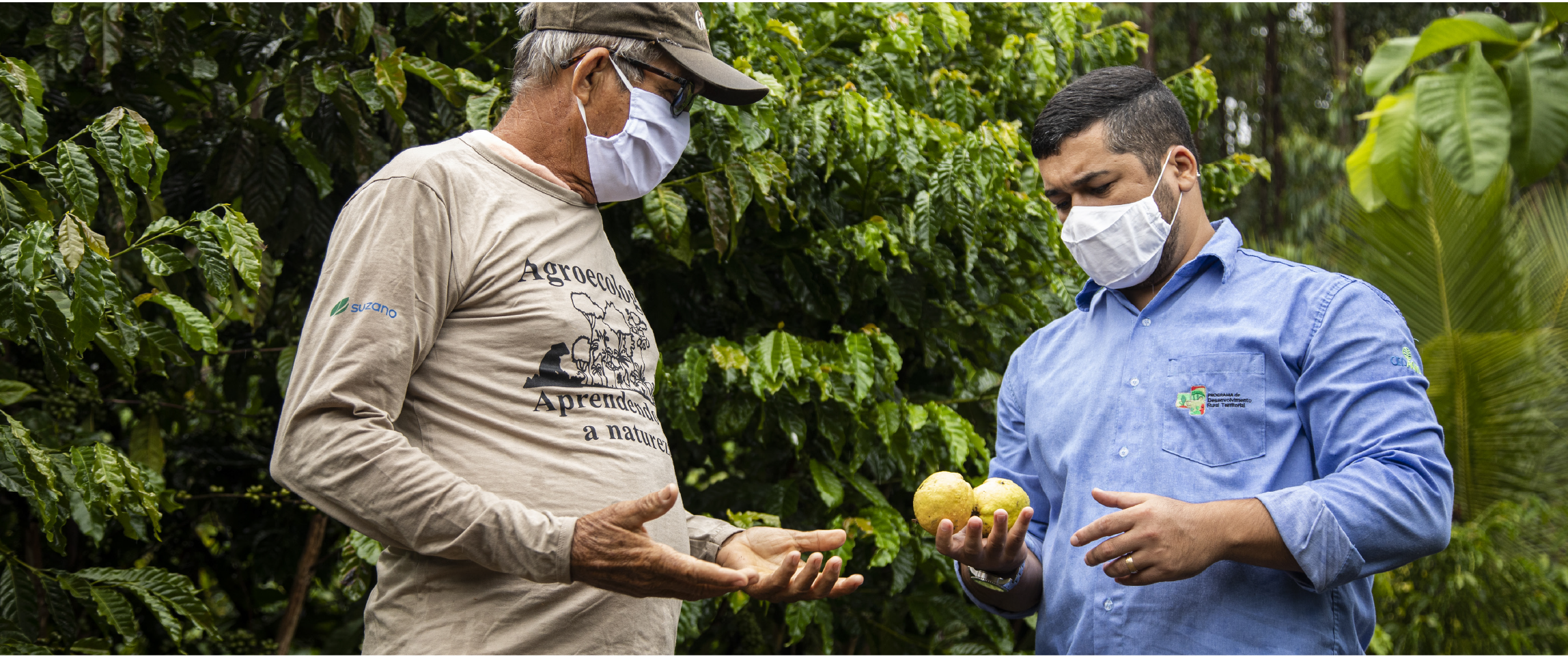
Environmental governance
Important advances marked Suzano’s environmental governance in 2020, such as the operational integration of the units into a corporate operating model and the establishment of a joint vision of the company’s environmental and social agendas. In addition, in a company that owns 1.3 million hectares of plantations and nearly 960,000 hectares set aside for conservation of native forests, biodiversity is an asset with high strategic value for business sustainability. With this belief, in early 2021 we publicly launched our Long-Term Biodiversity Goal and were recognized by our stakeholders as an actual contributor to reducing or not losing the biodiversity of Brazilian ecosystems. This positioning strengthens the global ambitions of the United Nations to improve biodiversity and legitimizes Suzano’s leading role in this area.
With an up-to-date plan, the company intends to maintain the excellence of what has been developed in-house while expanding multisector partnerships to gain greater relevance in Brazil. With this, we expected to become a reference in the preservation of our natural capital and in other topics of greater impact for the country.
Suzano’s Environmental Restoration Program was also recognized as best practice in line with UN’s Sustainable Development Goals (SDGs) and became part of the select publication Inspiring Examples to Drive Change, which contains 16 success stories from around the world. The program has one of the most efficient strategies for biodiversity conservation and environmental restoration in the country and, with the use of customized techniques and methodologies, resulted in the planting of approximately 11 million native seedlings over a period of ten years. The seedlings were planted on more than 39,000 hectares of degraded areas in three Brazilian biomes: Amazon, Cerrado, and Atlantic Forest.
Triple partnership
Suzano, the WWF, and Procter & Gamble (P&G) joined efforts to establish cooperation for the recovery of degraded environments and greater autonomy for farming families in the state of Espírito Santo. Started in late 2020, the project began by mapping vulnerable areas in the state that are under pressure from deforestation and reduced water availability. The project also relied on local partnerships to gain scale. After prioritizing the areas, cooperation advanced in 2021 with the strengthening of local crops through agroecological techniques and transfer of knowledge to farming families in favor of conservation. With this, our company, the WWF, and P&G will jointly promote more resilient territories, generators of financial wealth and increasingly larger and better ecosystem services.
Among the best in the world
Our environmental restoration model was considered by the UN to be one of the 15 most transformative projects in Brazil in terms of economic, social, and environmental sustainability worldwide. The selection was made by specialists in sustainable development from the Economic Commission for Latin America and the Caribbean (ECLAC), linked to the UN, the Institute for Applied Economic Research (IPEA), and the federal government. In total, the group evaluated 131 studies, from which 66 cases were chosen to compose a publication called Big Push for Sustainability. Among these studies, emphasis was given to Suzano’s Rural Land Development Program (PDRT).
Mucuri Springs Project
Created in 2017, the purpose of this initiative is to promote environmental conservation and water security through the empowerment of families toward more sustainable agriculture and actions to recover degraded areas. The river originates in the northeast of Minas Gerais, one of the poorest regions in the state, and flows into southern Bahia, covering a total of 446 kilometers in an area of approximately 15,400 square kilometers with a population of 537,000. We believe that the recovery of degraded areas for greater water security is only possible if the planning takes into account both natural and productive areas. Therefore, Nascentes do Mucuri’s methodology is to promote the agroecological transition in existing agricultural and livestock farming in the region, promoting greater autonomy for farming families and encouraging them to preserve their natural areas and water springs.
At the end of 2019, this was a booming initiative. However, in 2020, with the pandemic, and to protect the health of farming families, we reduced the intensity of work in the field.
Greater protection for the Atlantic Forest
Just as there are master plans for cities, the Brazilian legal framework provides master plans for biomes such as the Atlantic Forest. In partnership with SOS Mata Atlântica, Suzano will develop 30 municipal plans for this biome, which is recognized as one of the most biodiverse in the world. Thus, in the next two years, the company’s role within the project will be mainly to share its knowledge in environmental planning and management with NGOs and the 30 municipal governments located in the Atlantic Forest region.
2020 Results
76
rural properties
visited
489
people
involved
72
springs
being recovered

1,464
hours dedicated
to social and
environmental education
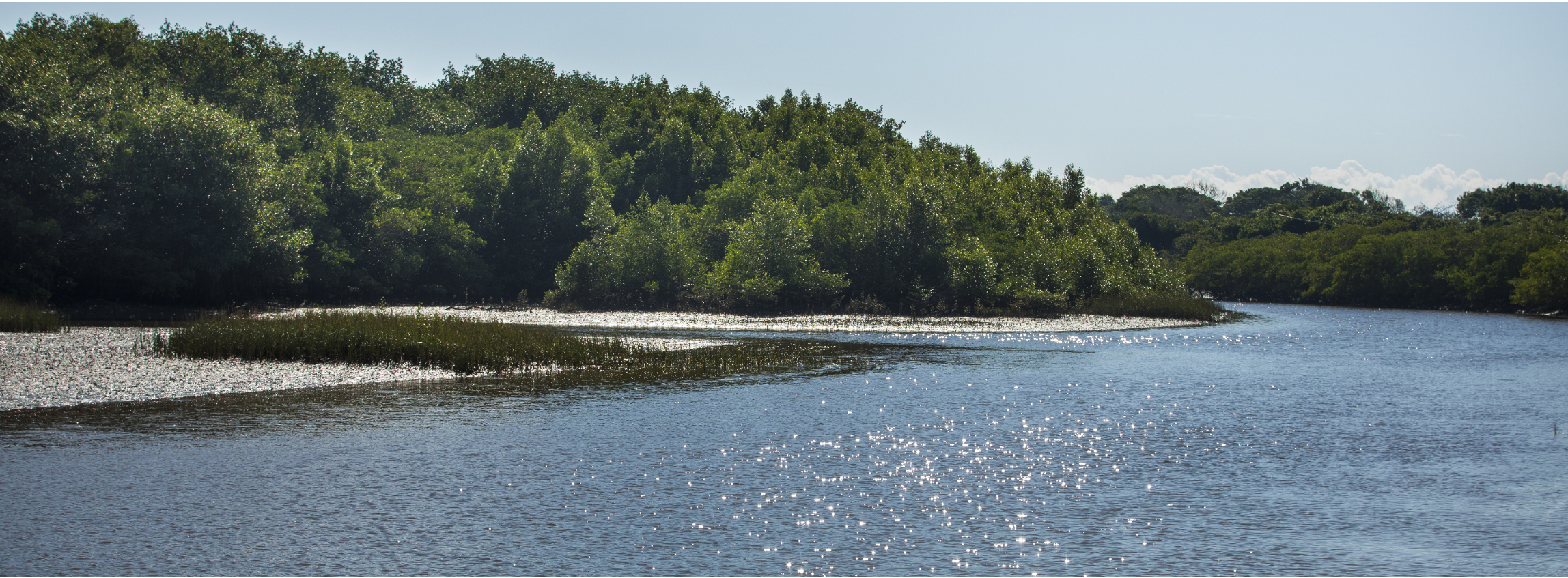
Environmental commitments
One of the goals assumed by Suzano for 2030 is to reduce the volume of industrial waste sent to landfills by 70%, transforming it into by-products. To achieve this, the company now has important reinforcements in its industrial operation. As an example, in 2020 we invested approximately R$40 million in the construction of two waste treatment and composting plants, which will enter into operation in early 2021.
At Três Lagoas unit (Mato Grosso do Sul state), the company will have a soil correction center in which industrial waste is enriched and applied to forests as nutrients, helping to balance the pH of the soil and, consequently, the development of plants. There is a similar system in Imperatriz (Maranhão state). The surplus will be sold to producers of varied crops in the region.
Regarding the use of water in industrial operations, in 2020 projects were mapped in order to optimize water use at each unit. These projects should be implemented by 2030 to achieve the Long-Term Goal: reduce the water withdrawn by the industrial area by 15%. To prepare this mapping, Suzano researched best practices, water balance, and management tools, and analyzed possible innovation projects through the i9 Foco em Água (i9 Focus on Water) program. I9 is an innovation program that encourages employees to share ideas for improvements related to specific topics. At i9 Foco em Água, the operational team was encouraged to make suggestions that could lead to a reduction in water consumption at the units.
In addition, considering the expected water reduction curve by 2030, annual targets were defined for each industrial unit, with monthly monitoring of results. Any deviations are dealt with according to the management tools adopted in the Suzano Operational Excellence model. The results are released monthly to the employees of the units, ensuring commitment to this topic.
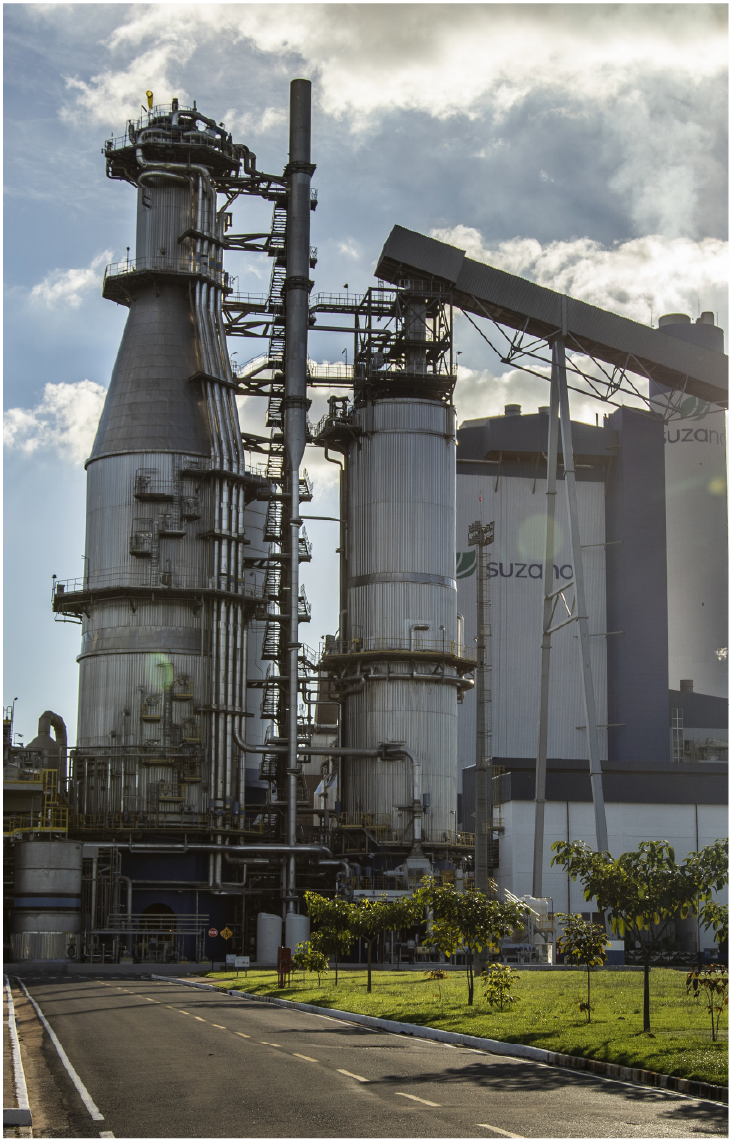
Energy efficiency
Two projects related to increased energy exports stood out in 2020. The first, Thor, is a tool that recommends, through algorithms and in real time, the best allocation of steam available for each turbine, optimizing energy generation. The project was jointly developed with the Digital team for the Três Lagoas mill and subsequently replicated in other Suzano plants. Once fully operational, the project should generate a gain of 7.75 MW of average power in 2021.
The second project was developed to increase the specific production of steam by the boilers in the industrial units per amount of fuel consumed, enabling higher generation of electric energy. The opportunities found and the gains captured vary according to each facility, i.e., they are specific to each unit. To learn about the main challenges faced by the units and the prospects for 2021, go to the Indicators Center.
Energy exports
In 2020, Suzano exported, on average, 193 MWe of energy from renewable sources to the grid, approximately 10% more than in 2019 (including 50% of the energy exported by Veracel, a joint venture between Suzano and Stora Enso). With this, the company advances in its goal of increasing the export of renewable energy by 50% by 2030, contributing to the expansion of the Brazilian renewable energy mix. Learn more in the section “Long-Term Goals.”
Our certifications
Management of the company’s certifications is broken down into forestry and industrial operations, attesting to our responsible social and environmental conduct through the whole production chain.
Our forestry certifications ensure better use of natural resources and quality human relations, respecting the environmental, social, and economic aspects in the regions where we operate. Currently, 83% of the company’s planted areas are certified*.
Our industrial certifications showcase the use of best practices in process management in our production units, ensuring a balanced creation of value, innovation, and efficiency. To learn more about how the company manages this topic, visit our Indicators Center.
Forest certifications:
- FSC® (Forest Stewardship Council®)** – forest management
- PEFC/Cerflor (Brazilian Forest Certification Program) – forest management
Industrial certifications:
- FSC® (Forest Stewardship Council®)*** – chain of custody
- PEFC/Cerflor (Brazilian Forest Certification Program) – chain of custody
- ISO 9001 – quality
- ISO 14001 – environmental management
- OHSAS 18001 – health and safety
*The calculation of the percentage of certified forest areas considers only operational areas, where eucalyptus is planted under Suzano’s management, and excludes areas for development, areas transferred to investment funds, and areas not considered by procurement planning for supplying the industrial units (such as the areas located in Piauí and Urbano Santos).
**Forest management licenses codes FSC-C110130, FSC-C118283, FSC-C100704, FSC-C009927, and FSC-C155943.
***Chain of custody license code FSC-C010014.
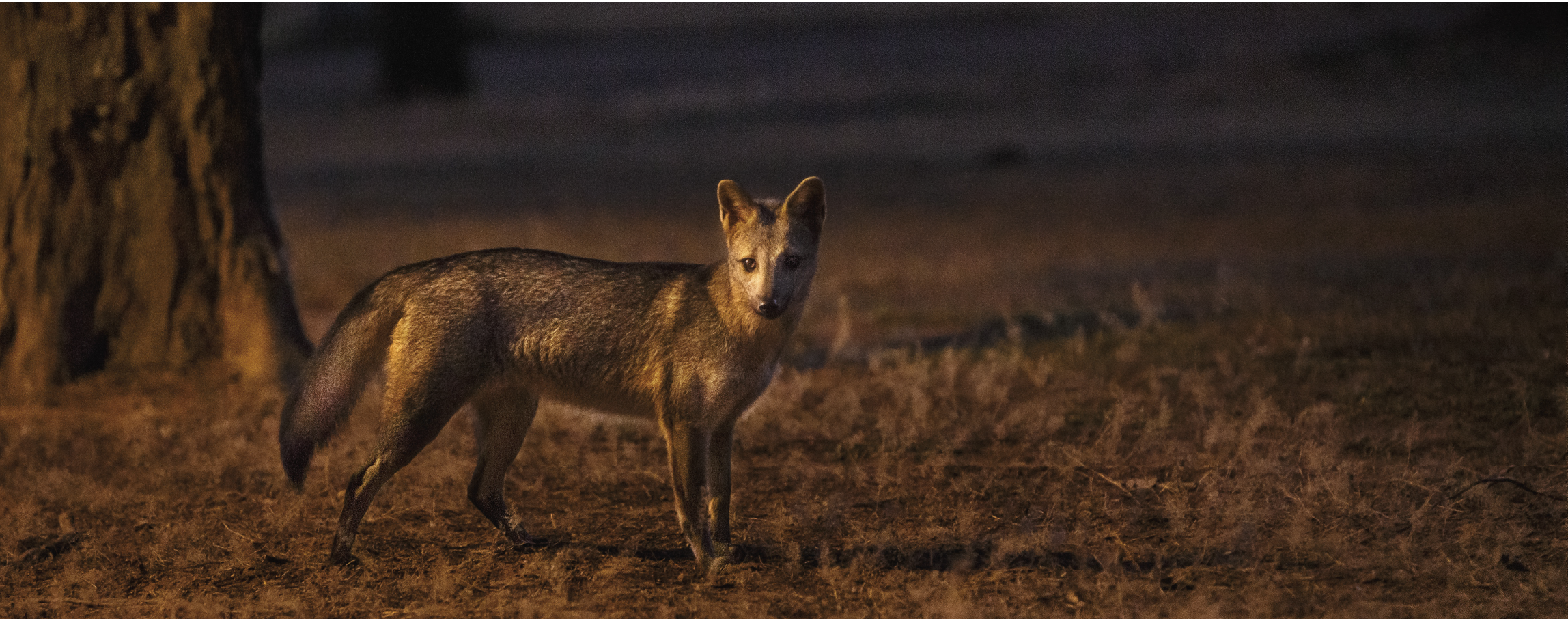
CLIMATE CHANGE: MATURITY AND COMMITMENT
The topic of climate change is equally complex and strategic for Suzano. It is complex because, despite being a major challenge for society, companies and organizations are still studying and developing methodologies and systems to quantify emissions and removals in a more accurate way. It is strategic because the company has one of the largest forest bases in the world, including eucalyptus forests and preserved areas, and therefore wants to be part of the solution to the problem of climate change and lead, among other initiatives, the creation of a carbon market.
At Suzano, according to the Enterprise Risk Management (ERM) methodology, climate change is also one of our main risks. From a forestry technology standpoint, for example, after a comprehensive review with this focus, a technological roadmap will be prepared with actions to quantify the risks and impacts on forest productivity, focusing on actions for the development of resilient forests and repositioning of the forest base.
Also in this regard, 2020 was marked by reinforcing the topic of climate change after the disclosure of the Long-Term Goals. Among the initiatives carried out in the company for this subject to gain even more relevance and scope, we highlight the proximity of the Sustainability area to key areas in the company through forums, meetings, training sessions, and participation in workshops. In these meetings, Suzano’s professionals had the opportunity to learn more about technical aspects, understand the company’s role in this movement, better understand its performance, and identify opportunities to contribute to the topic, internally and externally, so that the subject of climate change becomes a theme that goes beyond the environmental area to permeate the routine of the entire company.
Another initiative worth mentioning is the creation of a working group (WG) formed by representatives from the areas of Sustainability, Corporate Relations, New Business, Finance, and Technology & Innovation to discuss Suzano’s role in this topic, internally and externally. Depending on the agenda, other areas are also invited to participate in the discussions and action fronts.
One of the great opportunities being analyzed by this WG is the company’s participation in the voluntary carbon market, offering credits that provide benefits beyond removal of greenhouse gases (GHGs) to other organizations that have commitments to reduce their emissions. We want to share our goals and the gains already achieved with companies that are also committed to developing a less carbon-intensive economy.
In line with Suzano’s objective of being recognized as a leader and agent of transformation in the joint development of innovative and sustainable solutions, the CEO and the Industrial, Sustainability, and Corporate Relations Directors now have on their list of goals (linked to their variable pay) the ones related to the company’s climate change strategy. This will be cascaded, in 2021, across the organizational structure, reaching, for example, the executive areas of Risks and New Businesses and Forest Inventory.
Another important advance is the development of a Multidisciplinary Climate Change Strategy, which is still being prepared. This strategy takes into account the recommendations of the Task Force on Climate-related Financial Disclosure (TCFD) as well as our role in the face of climate mitigation and adaptation needs, future regulatory scenarios, and our commitment to this topic.
We act to create a business model that is resilient (working with adaptation, which involves practical responses to current and potential impacts of temperature change, aiming to minimize any losses and damages) and catalyzes opportunities (incorporating carbon as a critical variable in our operations). The goal of this model is the creation of shared value, since we work to offer real solutions, focused on the transition to a low-carbon economy. Our goals, which are consistent with scientific precepts, have been structured in a more substantive way than the goals of the Paris Agreement.


Internal challenges
Performance indicators related to GHG emissions are well established. A major challenge, however, is to internalize the entire methodology in the company, so that the areas not only take ownership of the measurement systems and data analysis, but also understand the dimension of the achievement of the goals by 2030. Given the relevance of this aspect, in 2020 Suzano worked on a data collection system for the company’s emissions calculations, a project that involved around 170 people.
In addition to simplifying the day-to-day collection of information, the goal is to have data management that contributes to a critical analysis of emissions and, thereby, generate more robust indicators for the areas to monitor and adjust their strategies. Thus, in a global view, it is expected that each part of the business involved can contribute to the achievement of the goals.
If on one side we manage carbon emissions, on the other we manage carbon removal. In this case, another company initiative resulted in an update in the model for calculating carbon sequestration (which considers the characteristics and indicators of Suzano’s eucalyptus forests and the classifications of native forest areas) and revised removal factors applied to the calculations. The most commonly known data and indicators for removal per hectare do not include the specificities of productivity in Brazilian soil or factors of tropical forests, whose sequestration volumes are higher than those of temperate forests. The removal calculation methodology was verified by a third party, and its results can be seen in the Indicators Center.
Advances in water management in 2021
Suzano has been investing in a portfolio of projects for reducing water consumption in all industrial units. This year, we will prioritize engineering, technical and economic feasibility studies for each initiative, considering the strategic importance for reaching the Long-Term Goal.
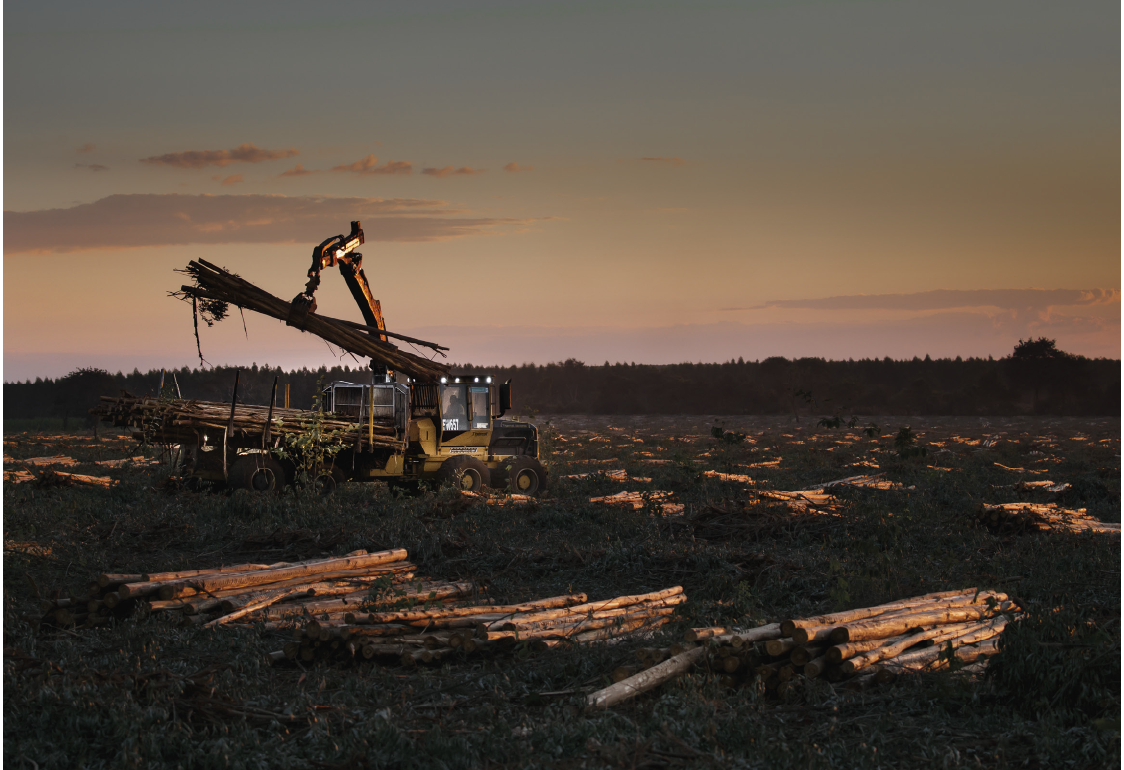
Our partnerships
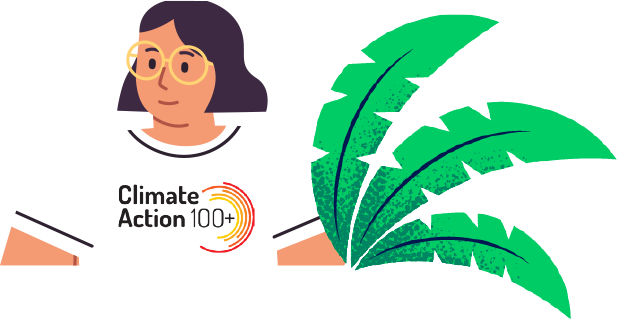
Suzano has collaborated in different forums. In Brazil, it maintains partnerships with the Brazilian Business Council for Sustainable Development (CEBDS), the Global Compact, the Brazil Climate Forestry and Agriculture Coalition, and the Brazilian Tree Association (IBÁ). The company also integrates a WG of the GHG Protocol, which has been working to propose new methodologies for calculating emissions and removals related to land use in order to monitor and contribute to the development of this global reference.
In 2020, Suzano also joined the Climate Action 100+. A global initiative by investors who represent more than US$52 trillion combined assets under management and express an interest in engaging companies in building sound climate change governance, including an action plan towards carbon neutrality by 2050 and transparency of indicators related to this topic.